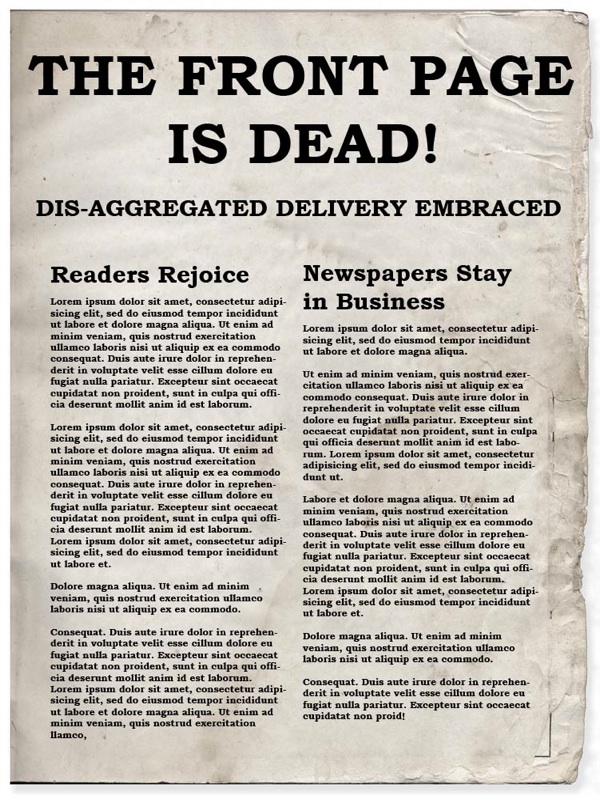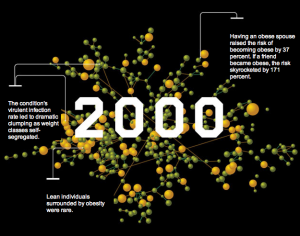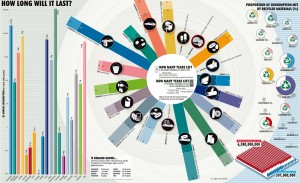Oh Front Page, your days are clearly numbered. For generations all eyes were upon you; you set the public agenda, and advertisers loved you best. In the tumult of the world, your voice carried above all others, and we needed you. You told us when the war ended, and when The Beatles came to town.
But you are in your autumn now.
We know that your children killed you, though they did not mean it. In the age of the scribe, it seemed that anyone could own a printing press. But now, Front Page, we talk online about the monopoly you once claimed. Some will pine for newsprint, but paper is just too expensive, too heavy and static.
But this is not about paper. This is about the way you lived your life, your insistence on a space that you and you alone controlled. You tried to move online, Front Page, but your model would not yield and your children ate your lunch. Google News chooses from the best, while Digg lets us choose for ourselves. There will always be reporters — those who assemble the narratives — but there may not always be editors. Your stubborn insistence on one for all made us question your purpose.
We loved you and you ignored us! Advertisers deserted you first; they were very quick to understand that reader information could be leveraged into relevance. Google itself was built on this model. Meanwhile Amazon and iTunes grasped that efficiencies of delivery had moved the money to the infinite niche. But you admitted none of this, Front Page, and also you did not see that people live in networks, that our friends know what is important to us.
Why would you not give us what we wanted? No one questions your integrity, the standards of journalism you uphold. No one questions that we, the public, need to be told at least as much as we need to be listened to. But suddenly we could talk back, and you weren’t listening. You insisted that we go to you instead of just coming to us. Why did you not use our input to customize the agenda? You could have spawned Facebook applications and iPhone applications and even innovative social RSS readers that determined our interests and automatically delivered ten million personalized headlines! (And their ads.)
You had everything you needed, and this was your unforgivable sin. A hundred years ago you built the Associated Press to feed you, the prototype of distributed journalism. This could have been the beginning, if you had embraced more than the cream of international stories, if you had realized how cheap local reporting could be. Those long tail stories could be vastly cheaper, Front Page, if you embraced more sources, if you fought for transparency instead of access, if you taught citizens to be journalists instead of insisting that they can’t. You could have set the standards and franchised the platform. But instead of finding innovative ways to gather the news and innovative ways to deliver it to us, even now you fight hard to be seen less!
Instead of owning the aggregators and bringing to them the wisdom of an old hand, you scoffed at Digg, at Google, at Memeorandum. Why are there still so many news sites without a panel of “Share This” links beneath each story? Why are we not allowed to speak to the New York Times with user ratings buttons? Your mannerisms are quaint as hoop-skirts, Front Page.
We know also that your less reputable cousin is only slightly younger, and the world will never listen to Television as their parents did. The internet will devour Broadcast too; in only a few more years bandwidth will be cheap enough for anyone to run their own station. We know that upcoming content analysis algorithms will soon make video search a reality, and we know that the RSS future will soon disaggregate Television News just as it only recently disaggregated you.
Front Page, your children are brash, but they are filled with the energy of youth. They have inherited a world you never foresaw, and they are hopeful in a way you are not. It is their world now. You must guide them, but you must let them have it.
Much as we loved you, your time has passed.




